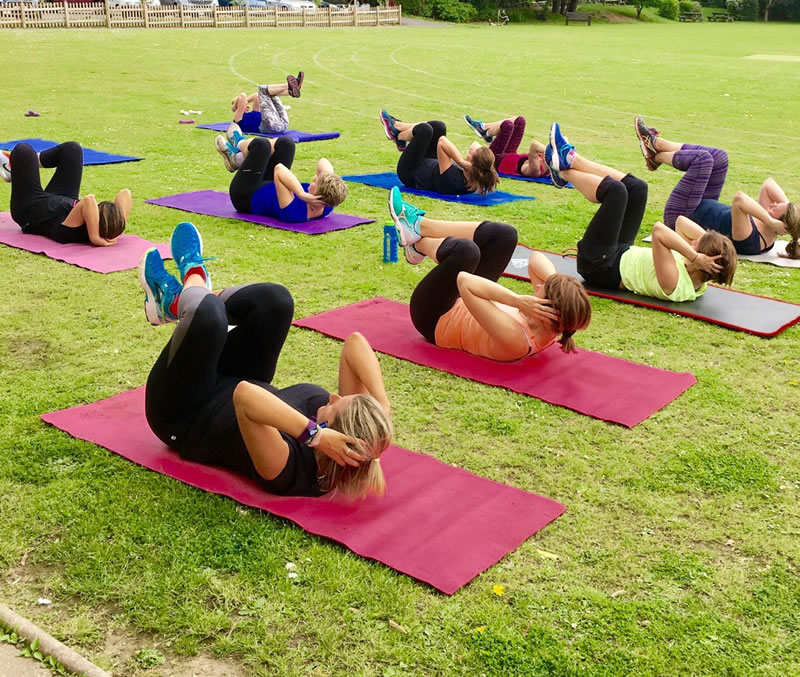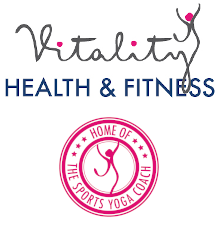Pilates provides many exercises that are designed to target and strengthen the body’s core. What do we mean by core?
The core is made up of inner unit muscles and outer unit muscles: The inner unit stabilise the spine and form a cylinder made up of the following muscles:
Movement wise, these muscles control spinal flexion, extension, lateral flexion and rotation. Flexion is forward bending; extension is bending backward; lateral flexion is side bending; and rotation is a twisting motion.

A strong core helps to prevent injuries in activities from gardening and DIY to shopping! From picking things up, to turning around to look out for traffic or engaging in strenuous activity, so core stability means ‘stability of the spine’. Your core muscles are those in your stomach and back and ‘core strength’ is the ability to support your spine and keep your body stable and balanced. We utilise these movements continuously throughout our daily lives. The core muscles are at work.
The unique team of fibres encourage good posture by helping to stabilise the spine and support the torso, which helps keep us upright when sitting, standing, walking or running. As posture deteriorates throughout the ageing process utilising all we can to reverse this effect becomes increasingly important. When standing from sitting, or when walking or running, a strong core helps to stabilise the pelvis, reducing the likeliness of it twisting in a particular direction. This helps distribute the bodies weight more equally between both legs and has a positive impact on hip and knee alignment and consequently joint health, essential when training hard over a long period of time and keeping the body injury free.
Core work is important when working with weights as it connects the upper body to the lower body. When this area is weak a lot of extra pressure can be placed on the spine and this can often lead to back pain or injury. As we all know, being out of action can seriously affect your self esteem and attitude to exercise, prolonging recovery time.
In addition, strengthening the core can lead to a slimmer waist and contribute towards better balance. So, you can walk down the beach looking good, feeling confident and making sure you don’t fall over at the same time!
From reducing wear and tear on the spine to making you stand taller and feel better about yourself, core work is essential to exercise and Pilates is, without a doubt, the undisputed number one exercise form for helping you achieve a strong and mobile core.
Principle 1: Centre
In Pilates, all movements originate from the centre of the body, which is located in the pelvis, just below the navel (inside). Visualize your centre as a sphere. As you contract the muscles in this area, imagine the sphere shrinking in size—a three-dimensional movement. During Pilates exercises you and your participants want to maintain this contraction without holding your breath.
Principle 2: Control
In Pilates, control is essential to the quality of every movement. Over exertion of the muscles is not a principle of Pilates. The underlying assumption is that exercise motions and movements performed without control can lead to injury, but exercises performed with control produce positive results.
Principle 3: Concentration
The mind-body connection is at the very core of Pilates, and the key to coordinating mind and body is concentration. In this discipline, the focus is on careful, precise and slow foundation work. Before you perform or teach a movement, organise your thoughts and cues to encourage full-body awareness. During each movement, stay aware, not only of the moving body part, but also of what the rest of the body is doing.
Principle 4: Precision
Movement precision builds on concentration. Precision is achieved by clearly moving, directing and placing the body and its parts. Realise that every movement has a purpose and every cue or instruction is important to the success of the movement.
Principle 5: Breathing
Pilates, like yoga, calls for complete, thorough and purposeful inhalation and exhalation. But in Pilates, unlike in yoga, inhalation is through the nose and exhalation through the mouth. Conscious breathing and specific breathing patterns assist movement by focusing the attention and direction of the body and by delivering oxygen to the muscles being used. Full breathing also assists in removing non beneficial chemicals that may be stored in the muscles.Visualise the capacity of the rib cage expanding three-dimensionally with each breath. Breathing into the back of the ribs, they will therefore expand forward, sideways and backward during each inhalation. So filling your lungs from the bottom (inhalation) and empty them from the top (Exhalation).
Principle 6: Flowing Movement
Dynamic fluid movement makes Pilates different from other exercise techniques. Smoothness and evenly flowing movement go hand in hand, assisting the connections (or transitions) between movements. An exercise should have a specific place where it begins and ends, with a seamless middle of precise motion emphasising grace and control. Don’t allow jerky, quick or under movements in yourself.





